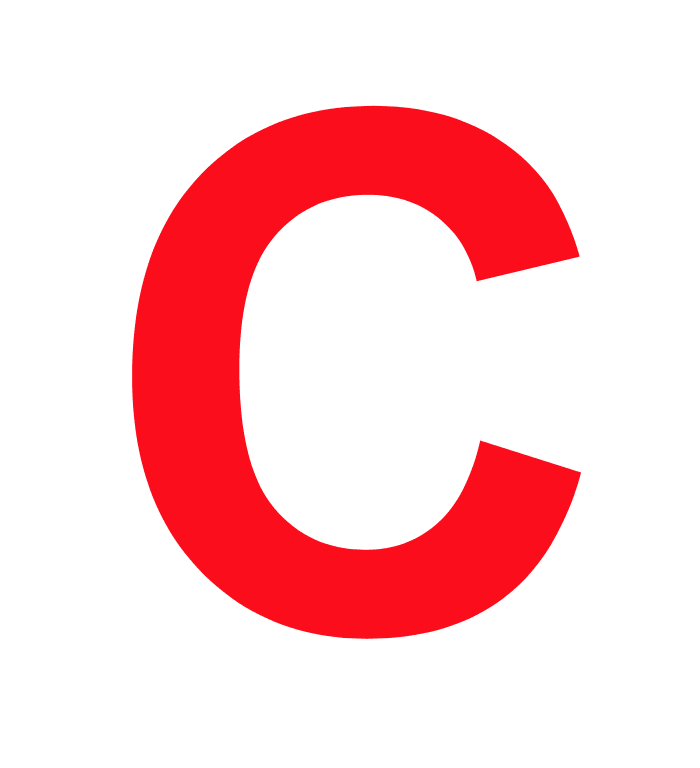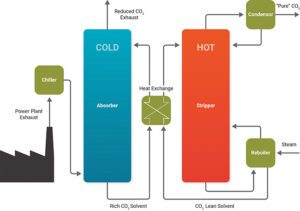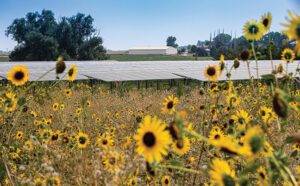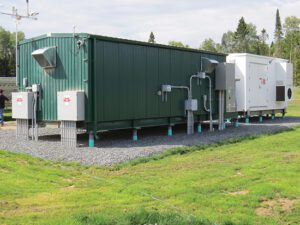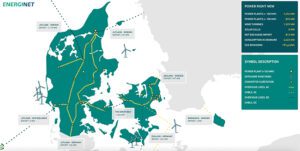-
Carbon Capture
Carbon Capture: Perspectives on the State of Affairs
Carbon capture is an important means of addressing worldwide greenhouse gas levels, but where are we in terms of implementation? Carbon capture will play a key role in decarbonization plans for businesses
-
Engineering
Engineering the Next Generation
Improving processes and unlocking future innovations relies on new ideas. Many of the engineers of tomorrow who will deliver these breakthroughs are currently learning their craft at universities around the
-
Commentary
Why Solar Parks Are in Desperate Need of Good Publicity
Americans have much to gain from having a solar project installed in their local community, but their relationship with solar energy is hardly a love affair. The infamous NIMBY (not in my backyard) phenomenon
-
Microgrid
Microgrids Can Provide Resiliency During Extreme Weather Events
Microgrids are small, self-sustaining local power systems that provide big benefits to the communities they serve. As extreme weather events become more common, microgrids will become more important not only
Tagged in: -
Commentary
States Address EV Charging Infrastructure
In addition to affordability, range anxiety—the ability to access efficient and reliable vehicle charging—remains one of the largest barriers to electric vehicle (EV) adoption. At the federal level
Tagged in: -
Renewables
Risk Mitigation: An Essential Prerequisite for Inflation Reduction Act Funding
The groundbreaking Inflation Reduction Act (IRA) will put hundreds of billions of dollars toward renewables. As the most comprehensive energy policy in recent years, the IRA is already having a profound impact
-
Legal & Regulatory
Identifying State-Focused Renewable Energy Tax Exemptions
President Joe Biden last year signed the Inflation Reduction Act (IRA) that, in addition to a number of other actions, extended and enhanced a number of green energy tax opportunities. Notably, it extended the
Tagged in: -
Hydrogen
Should We Really Use Renewable Electricity to Make Green Hydrogen? Not Always
There’s a growing belief that hydrogen will play a key role in lowering CO 2 emissions. However, there are several caveats in realizing that vision, and in some cases, hydrogen may not be the right choice
Tagged in: -
O&M
APM: Making It Easy to Maintain a Greener Grid
The Inflation Reduction Act gave the power generation industry the push it needed to go all in on renewable energy. In the short term, we’ll see more solar and onshore wind. In the long term, we’ll have
-
Research and Development
Enterprise Asset Management: Empowering Stronger Vision for Net-Zero Reality
Managers are constantly battling to improve efficiency and become more sustainable. Having effective asset management tools can help decision-makers visualize what’s working well and what isn’t, so fixes
Search

